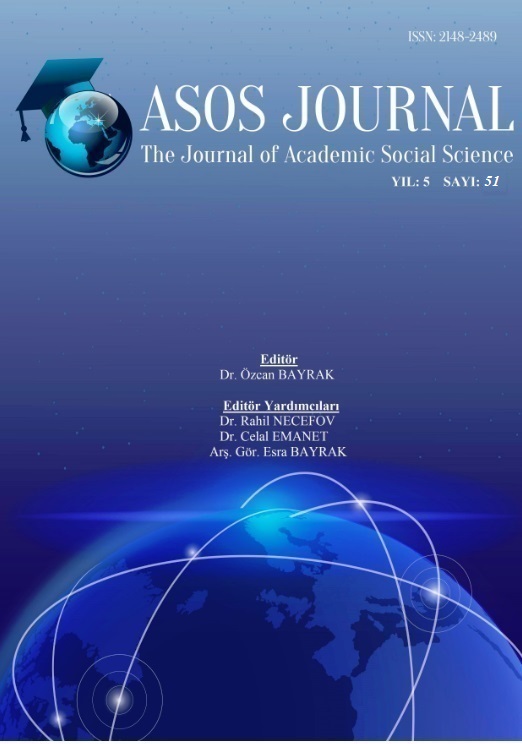Author :
Abstract
İkinci Dünya Savaşı’ndan sonra Avrupa'da kalkınma politikaları uygulanırken işgücü sıkıntısı yaşanmış, merkez ülkeler diğer ülkelerden ucuz işgücü talebinde bulunmuştur. Aynı dönemde Türkiye de birçok ekonomik sorunlarla karşılaşmıştır. Bu sorunlardan biri döviz gelirinin yetersizliğidir. Diğer bir sorun ise işsizlik problemidir. Bu nedenle iki ülke 31 Ekim 1961 tarihinde karşılıklı kazanç sağlayacakları bir “misafir işçi” anlaşması imzalamıştır. Anlaşma hükümlerine göre binlerce Türk işçisi Almanya'ya göç etmiştir. Türkiye'nin bu göç politikası ile hedeflediği; işsizlik sorunundan kurtulmak, işçilerin geri dönümü ile kalifiye işgücüne sahip olmak, işçi dövizleri ile döviz açığını kapatmak ve sonuç olarak kalkınmasını hızlandırmaktır. Çalışmamızda yukarıda sebepleri belirtilen Almanya’ya gerçekleşen işçi göçünün ülkemizde beklenilen sosyo-ekonomik sonuçları doğurup doğurmadığı konusunda dönemin ekonomik göstergelerine dayalı bir durum analizi yapılacaktır.
Keywords
Abstract
After World War II, when development policies were implementing in Europe there was a labor shortage and central countries claimed cheap labor from other countries. In the same period, Turkey faced many economic problems too. One of these problems was that the foreign exchange income was insufficient. Another problem was the unemployment problem. For this reason, the two countries signed a "guest worker" agreement on October 31, 1961 to provide mutual benefits. According to the provisions of the agreement thousands of Turkish workers migrated to Germany. The purposes of Turkey by this migration policy were to decrease unemployment, have qualified labor after migrated labor turn back, close foreign exchange gap and consequently accelerate development of the country. In our study, a case study based on economical indicators of the period for whether the labor migration to Germany with the aforementioned reasons have provided the expected socio-economical results will be done.





